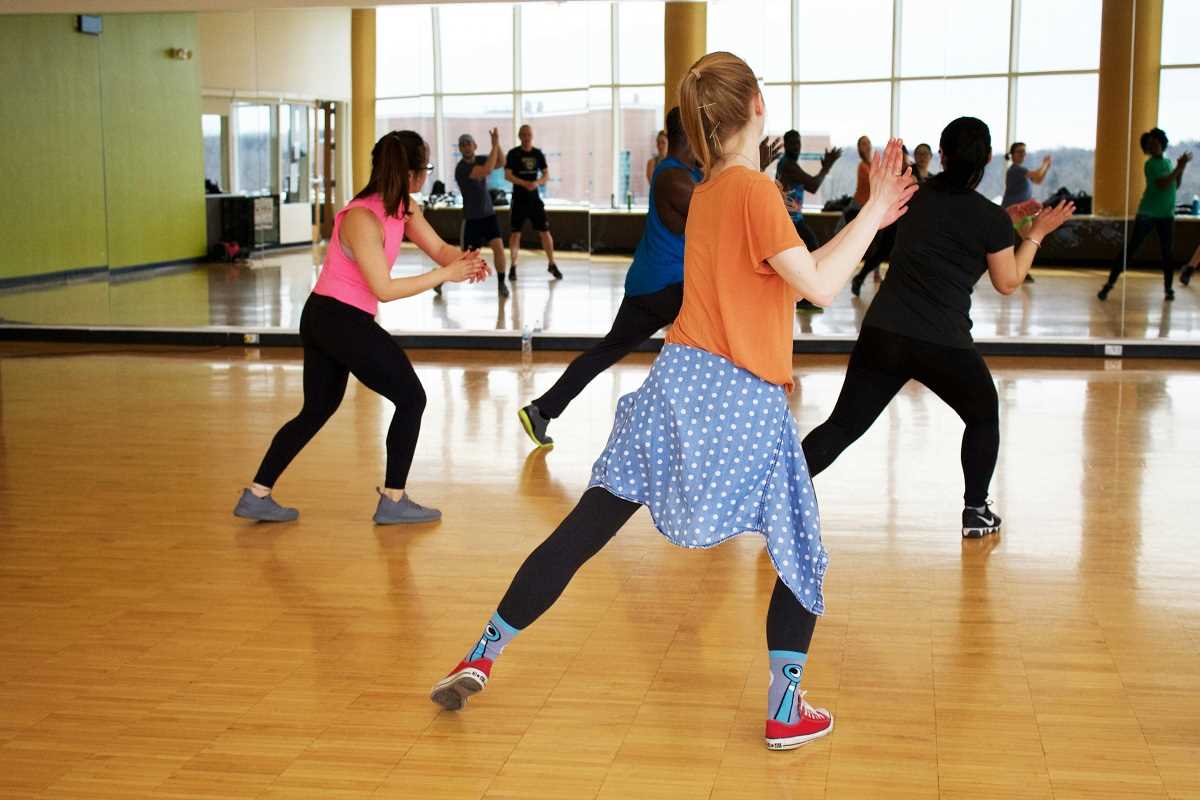When it comes to staying active and achieving your fitness goals, there’s a word that often gets overlooked in conversations about cardio, strength training, and meal prepping: recovery. It might not come with the adrenaline rush of a spin class or the endorphin boost of a jog in the park, but taking recovery days is just as vital as hitting the gym. Whether you're looking to lose weight, build strength, or simply maintain a healthy lifestyle, rest days are a non-negotiable part of the process.
If skipping a workout feels like slacking off or you’re tempted to push yourself every single day, this is for you. By the time you reach the end of this article, you’ll understand why rest isn’t just important for your body but for your mind, too. You’ll also learn how to use recovery days to maximize the benefits of your workouts, leaving you stronger, healthier, and energized.
Why Taking Recovery Days Isn’t Lazy
For many women, especially those balancing work, family, and self-care, it can be tough to justify doing “nothing.” But rest days are anything but lazy. They’re an essential ingredient to achieving fitness success, even if they don’t come with sweat-drenched clothes or calorie trackers.
Here’s why you shouldn't feel guilty about making rest a priority:
- Helps Muscle Recovery: Every time you exercise, especially with strength or resistance training, you create tiny tears in your muscle fibers. This is a normal part of building strength, but those tears need time to repair. Recovery days give your muscles a chance to rebuild, leaving them stronger than before.
- Prevents Overtraining: Overtraining doesn’t just zap your energy; it can lead to poor performance, chronic fatigue, and even injuries. By giving your body regular breaks, you reduce the risk of long-term setbacks.
- Reduces Stress Hormones: Exercise is a form of stress, even if it’s the good kind. Your body produces cortisol (a stress hormone) during physical activity. Too much exercise without adequate rest can lead to elevated cortisol levels, which can affect sleep, mood, and even weight management.
- Keeps You Motivated: Burnout is real. Overexercising can leave you dreading the very workouts you once loved. Rest days ensure fitness remains an enjoyable part of your routine, not a chore.
The Science Behind Recovery
To truly appreciate the importance of rest, it helps to understand how your body works during exercise. When you’re lifting weights, running, or even dancing in your living room to your favorite playlist, your muscles are using energy stores and breaking down tissues. Your heart is pumping faster, and several systems in your body are working overtime.
Here’s where recovery steps in. During rest, your body repairs and replenishes itself in three main ways:
- Muscle Repair and Growth: Your muscles rely on rest to recover from microscopic tears, a process called muscle hypertrophy. This is when your muscles grow stronger and more defined. Without rest, this process is delayed, and you’ll feel weaker instead of stronger.
- Energy Restoration: Exercise depletes glycogen levels, which are essentially the fuel for your muscles. Recovery allows your body to replenish these stores, preparing you for your next workout.
- Nervous System Reboot: Your central nervous system (CNS) plays a huge role in physical performance. Just like your muscles, your CNS can become fatigued from too much activity. Rest helps “reset” it, so you can respond quickly and powerfully during your workouts.
Signs You’re Skipping Too Many Rest Days
If you’re someone who’s always on the go, it can be easy to push through fatigue or workout despite feeling off. However, your body is constantly sending you signals, and when you don’t listen, small issues can turn into big problems.
Here are some common signs that you might be overdoing it:
- Feeling chronically tired, no matter how much sleep you get
- Sore muscles that don’t seem to get better
- Struggling to stay focused during workouts
- Losing motivation to exercise
- Experiencing disrupted sleep patterns
- Increased irritability or mood swings
If any of these ring true, it’s time to dial things back and allow your body to recover.
Active Recovery vs. Total Rest
Not every recovery day needs to involve lounging on the couch with a cup of tea (although there’s absolutely nothing wrong with that!). Recovery comes in two main forms, and the one you choose depends on your body’s needs and your fitness goals.
1. Active Recovery
Active recovery involves low-intensity activities that keep your body moving without placing heavy demands on your muscles. It promotes circulation, helps alleviate soreness, and can even boost your energy levels. Examples include:
- A leisurely walk around your neighborhood
- Gentle yoga or stretching
- Easy cycling on flat terrain
- Light swimming or aqua aerobics
2. Total Rest
Sometimes, your body needs a complete break to recharge. Total rest means no structured exercise and plenty of time for your muscles and mind to recover. Use this time to indulge in self-care, such as soaking in a warm bath, catching up on your favorite book, or enjoying quality time with family.
Making the Most of Your Recovery Days
Recovery isn’t just about what you’re not doing; it’s also about what you are doing to support your body and mind. Here are some tips to maximize your rest days and keep your fitness goals on track:
1. Focus on Nutrition
What you eat plays a massive role in recovery. Prioritize nutrient-dense meals that include protein (for muscle repair), carbohydrates (to restore energy), and healthy fats (for overall health). Don’t forget to hydrate! Water aids in digestion, circulation, and overall recovery.
2. Stretch and Foam Roll
This can help relieve tension and improve flexibility while speeding up muscle recovery. Spend a few minutes gently stretching or using a foam roller to target tight areas like your calves, hamstrings, and back.
3. Get Quality Sleep
Sleep is when the magic happens! Your body does its best recovery work while you snooze, releasing growth hormones that repair muscles and tissues. Aim for 7–9 hours of uninterrupted sleep per night.
4. Try Relaxation Techniques
Stress doesn’t just affect your mental well-being; it can slow down physical recovery too. Deep breathing, meditation, or even a 10-minute mindfulness app session can work wonders for relaxation.
5. Listen to Your Body
Your body is your best coach. Some days, you might feel energized and ready for a light yoga session; on others, total rest might be what you need. Tune into how you’re feeling and adjust accordingly.
How Many Recovery Days Do You Need?
The number of recovery days you need each week depends on your fitness routine, age, and overall activity level. A general guideline is to take at least 1–2 full recovery days per week. If you're doing high-intensity training or just starting a new program, you might need more.
Middle-aged women, in particular, should factor in hormonal changes and the natural aging process. Your body may take a bit longer to recover now than it did in your 20s or 30s, and that’s absolutely okay! Resting more isn’t slowing you down; it’s helping you stay consistent.
Recovery as a Long-Term Investment
Think of recovery as making deposits into your “fitness bank.” While workouts may feel like you’re actively progressing, rest is what allows those gains to happen. It’s during your downtime that your body transforms all that hard work into results.
Recovery days aren't about taking shortcuts or doing less. They're about bringing balance into your fitness routine. With rest as part of your plan, you’ll find that you can work harder, feel better, and enjoy every step of the process.
 (Image via
(Image via
.jpg)




